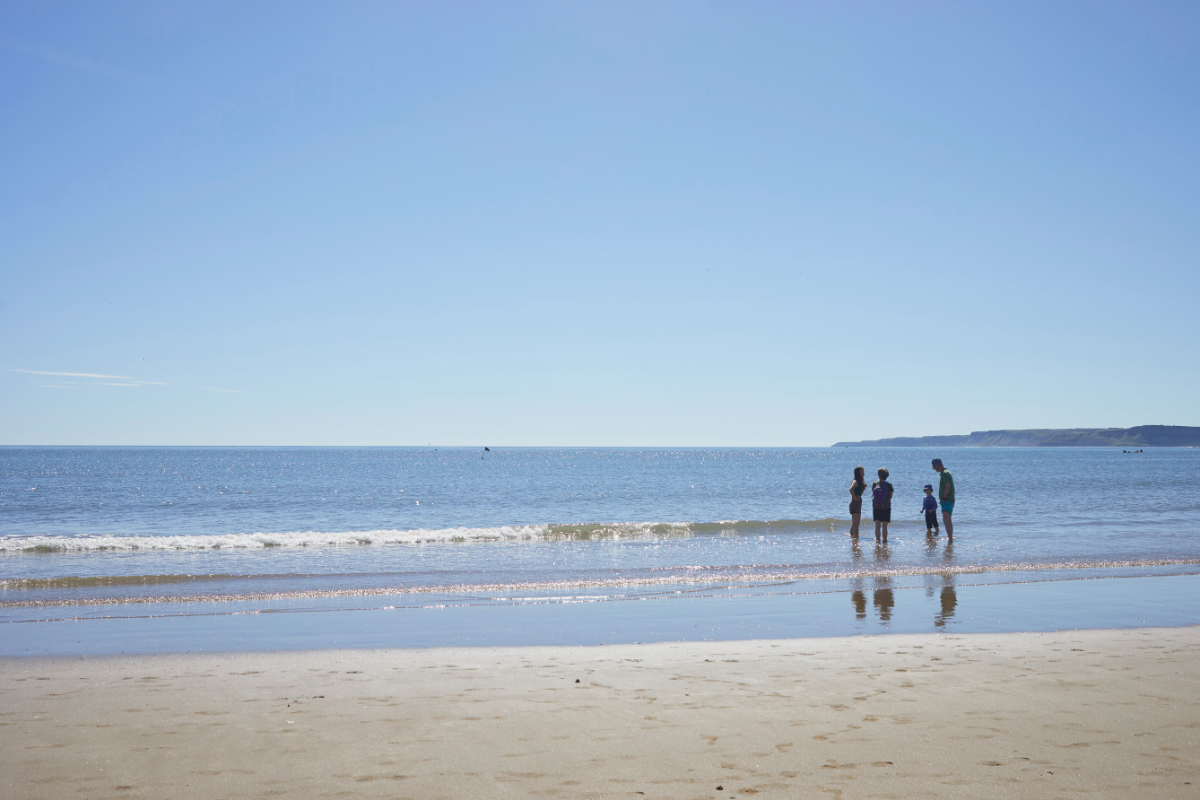
New annual figures released today show 92% of bathing waters in England have met minimum water quality standards, with 85% of bathing waters nationally being rated as ‘good’ or ‘excellent’, but it's not all good news on the Yorkshire Coast.
The 2024 statistics on English coastal and inland bathing waters follow testing by the Environment Agency at 450 sites regularly used by swimmers throughout the summer, including 27 new sites designated earlier this year. These tests monitor for sources of pollution known to be a risk to bathers’ health, specifically E. coli and intestinal enterococci.
Despite significant improvement since the 1990s, when just 28% were rated as ‘good’ or ‘excellent’, today’s results make clear that more still needs to be done to improve their quality for people and the environment.
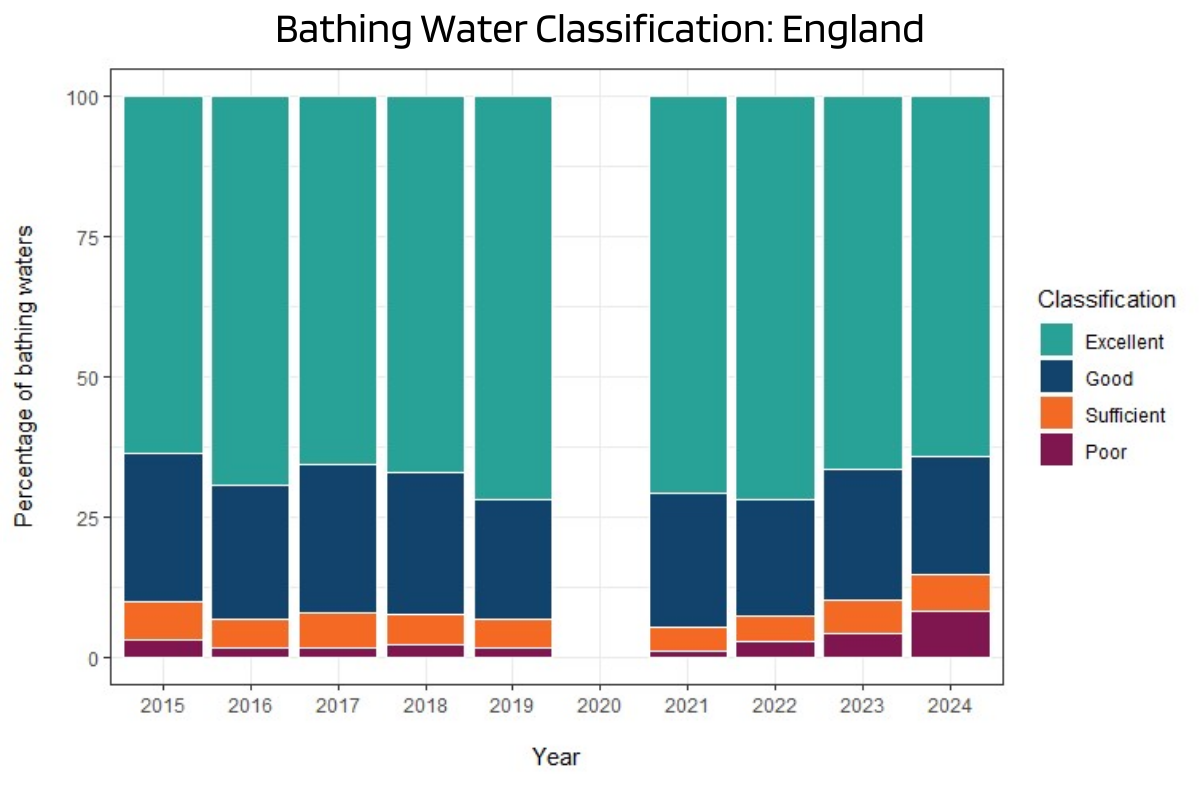
The latest bathing water quality ratings for Yorkshire beaches show a number of changes compared to the previous year.
- Runswick Bay maintained its "Good" rating for 2024.
- Sandsend continued to boast an "Excellent" rating.
- Whitby also retained its "Excellent" rating, confirming its consistently high water quality.
- Robin Hood's Bay, however, saw its rating decline from "Good" to "Sufficient".
- Scarborough North Bay experienced a similar downgrade, moving from "Good" to "Sufficient".
- Scarborough South Bay unfortunately remained in the "Poor" category.
- Cayton Bay consistently maintained its "Excellent" water quality.
- Filey continued to hold a "Good" rating.
- Reighton showed significant improvement, moving from "Good" to "Excellent".
- Flamborough South Landing experienced a slight downgrade, shifting from "Excellent" to "Good".
- Danes Dyke, Flamborough retained its "Excellent" rating.
- Bridlington North Beach maintained its "Good" rating.
- Bridlington South Beach remained in the "Poor" category.
- Wilsthorpe showed a remarkable improvement, moving up from "Good" to "Excellent".
- Fraisthorpe saw its rating decline from "Good" to "Sufficient".
- Skipsea was not assessed in 2024 due to access restrictions and therefore remains unclassified.
- Hornsea and Withernsea both continued to hold "Excellent" ratings, highlighting their consistently clean water
Changes in Bathing Water Quality Ratings for Yorkshire Beaches from 2023 to 2024
| Beach Name | 2023 Classification | 2024 Classification |
|---|---|---|
| Runswick Bay | Good | Good |
| Sandsend | Excellent | Excellent |
| Whitby | Excellent | Excellent |
| Robin Hood's Bay | Good | Sufficient |
| Scarborough North Bay | Good | Sufficient |
| Scarborough South Bay | Poor | Poor |
| Cayton Bay | Excellent | Excellent |
| Filey | Good | Good |
| Reighton | Good | Excellent |
| Flamborough South Landing | Excellent | Good |
| Danes Dyke, Flamborough | Excellent | Excellent |
| Bridlington North Beach | Good | Good |
| Bridlington South Beach | Poor | Poor |
| Wilsthorpe | Good | Excellent |
| Fraisthorpe | Good | Sufficient |
| Skipsea | Good | Un-assessed |
| Hornsea | Excellent | Excellent |
| Withernsea | Excellent | Excellent |
The improved ratings across many Yorkshire beaches are encouraging and reflect efforts to enhance water quality. However, the decline in ratings for some locations emphasizes the need for continued focus on pollution control and environmental management.
The proportion of ‘good’ and ‘excellent’-rated sites has fallen slightly, in part due to the existing water quality of the 27 new bathing water sites, designated across England this year, 18 of which are classified as ‘poor’. This is not unexpected, as the new sites have not been managed for bathing before, and it takes time to understand and tackle the sources of pollution affecting them.
Without the newly designated bathing waters, 95% of sites would meet minimum standards this year, only slightly down from 96% last year.
Mike Dugher, Deputy Director for the Environment Agency in Yorkshire, said:
“Across Yorkshire, 60% of our bathing waters are rated as Good or Excellent but any drops in quality are disappointing and must be addressed.
“There is still much more to be done to ensure cleaner and healthier waters for people to enjoy and action plans are in place for poor and sufficient classifications. We are committed to working with our key partners and water companies to improve water quality and investigate the problems faced at some of our important tourist destinations.”
The figures also show a notable difference between the quality of coastal and inland bathing waters, with 95% of coastal waters meeting minimum standards this year, compared to only 53% of inland sites. Rivers often have poorer bathing water quality compared to the sea which benefits from the natural disinfection of salt water and greater dispersal of pollutants.
The results follow the launch on 12 November of a Government consultation on proposed reforms to bathing water regulations to ensure a more flexible approach to designation and monitoring. This includes assessing water quality and the feasibility of improvement at a site prior to designation.
Water Minister Emma Hardy said:
“These figures are unacceptable and show that too many of our popular swimming spots are polluted.
“That’s why we are placing water companies under special measures through the Water Bill, which will strengthen regulation including new powers to ban the payment of bonuses for polluting water bosses and bring criminal charges against persistent law breakers.
“This is just the start – we’ve launched the largest review of the water sector since privatisation to attract the investment we need and reform the water system to help clean up our rivers, lakes and seas for good.”
Following today’s results, the Environment Agency says it is working with local partners to take targeted action to improve water quality at all bathing water classified as ‘Poor’.
The Agency says wider measures to improve water quality include:
- Driving up monitoring of water companies with new flow monitors installed on more than 2,000 wastewater treatment works and 100% of storm overflows now monitored. We are increasing water company inspections to 4,000 by the end of March 2025; 10,000 in 2025/6 and 11,500 in 2026/27. This will increase our inspection and audit work substantially to uncover non-compliance. We are also carrying out our largest ever criminal investigation into potential widespread non-compliance by water companies. Since 2015, we have concluded 63 prosecutions against water and sewerage companies securing fines of over £151 million.
- Supporting farmers to reduce water pollution and an increase in agricultural regulation, including doubling funding for free face-to-face support on reducing water pollution to all farmers in England. The Environment Agency carried out more than 4,800 farm inspections across England last year, helping farmers comply with legal requirements and resulting in more than 7,000 actions undertaken to improve farm practices and drive improvements to our environment.
The Environment Agency says it is changing its approach to regulation of the water industry by:
- Investing around £15 million in enhancing our digital systems and tools. Data and information from lots of sources will be combined to turn data rapidly into regulatory intelligence to easily identify and tackle the highest priority issues.
- Investing in 500 additional staff including environment officers, data analysts, enforcement specialists and technical experts, as well as team leaders and managers.
- Continuing to prioritise attendance at all Category 1 and 2 serious and significant water company pollution incidents but also increasing our attendance at Category 3 (minor) water company pollution incidents.
- Being more open and transparent about the way we regulate the industry. To help people get the information they need we recently launched our new Water Hub. This will hold all our data and guidance on water in one place for the public to easily access.



 Scarborough Athletic Pitch Could be Out of Action for 44 Weeks And Cost £3m to Repair
Scarborough Athletic Pitch Could be Out of Action for 44 Weeks And Cost £3m to Repair
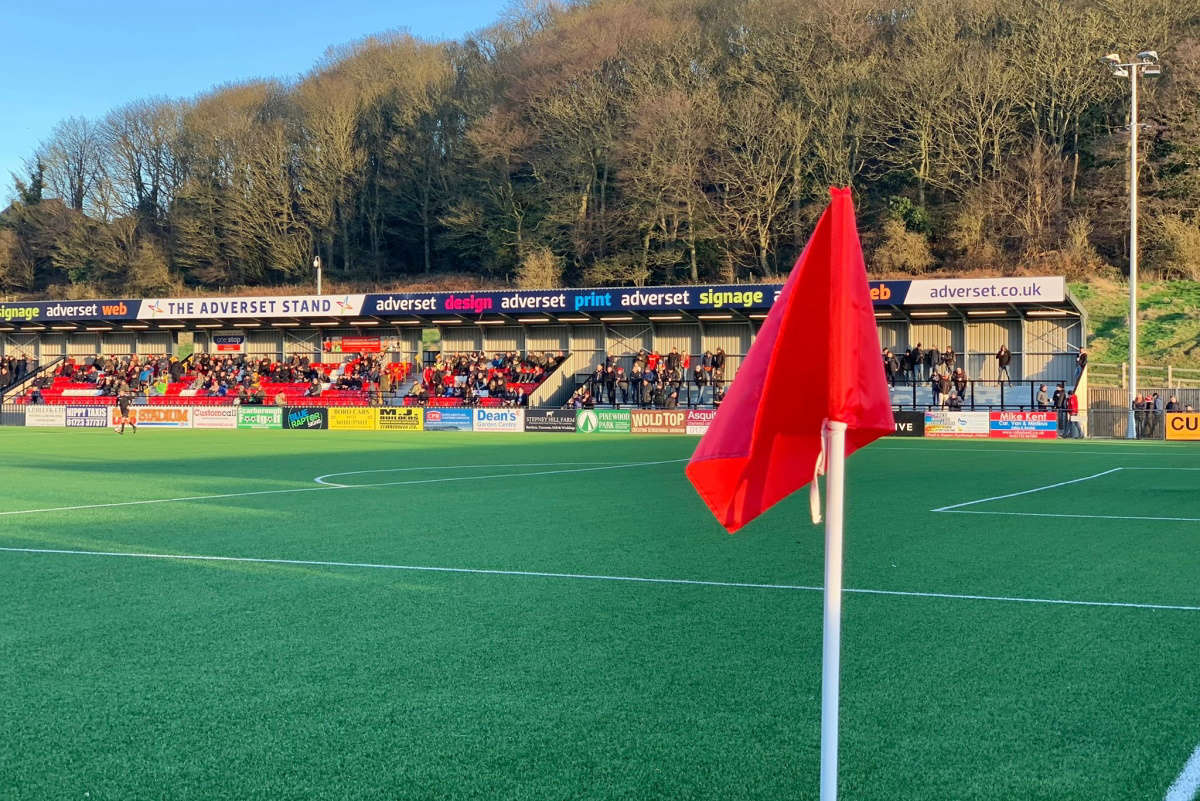 Scarborough Athletic Pitch Repairs Could Need Funding Approvals
Scarborough Athletic Pitch Repairs Could Need Funding Approvals
 North Yorkshire Police Report Significant Improvement in Call Answer Times
North Yorkshire Police Report Significant Improvement in Call Answer Times
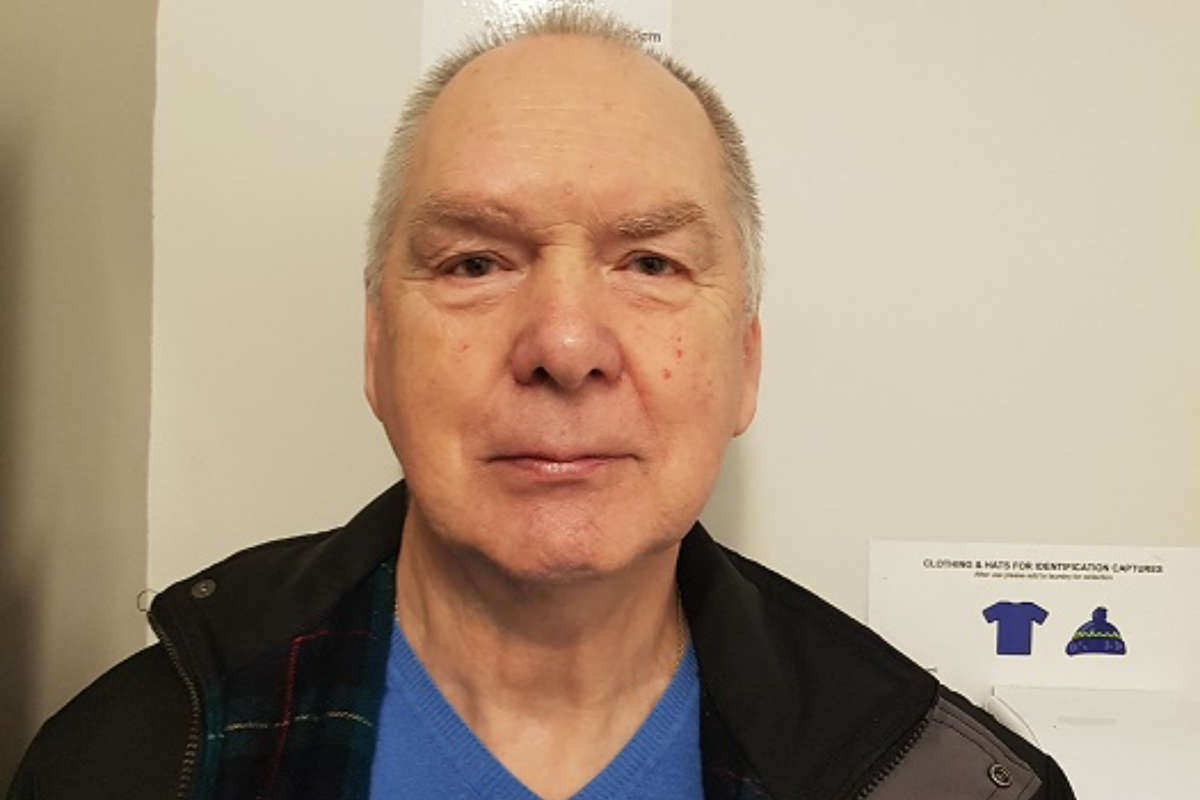 Ryedale Sex Offender Confronted By Angry Mother
Ryedale Sex Offender Confronted By Angry Mother
 Whitby Town Make Manchester Trip To Kick-Off Easter Double
Whitby Town Make Manchester Trip To Kick-Off Easter Double
 East Riding Man Jailed For Sexual Assault
East Riding Man Jailed For Sexual Assault
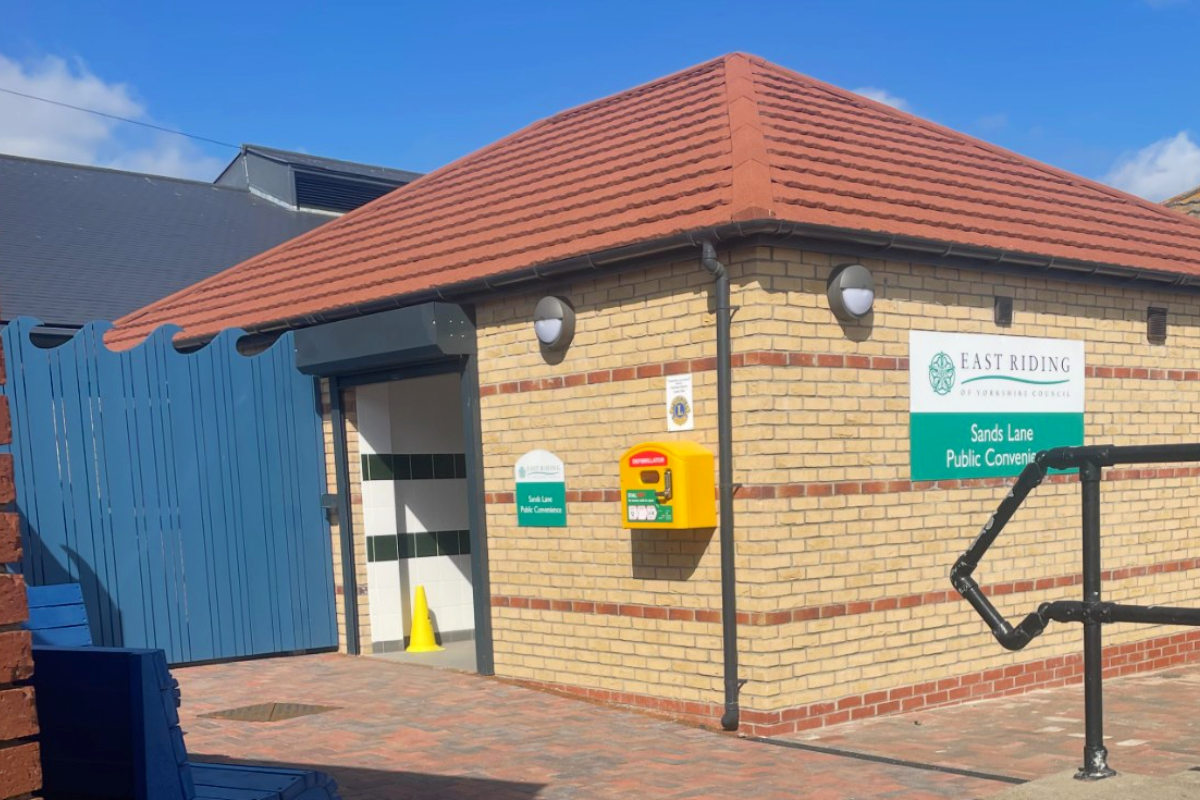 New Public Toilet Block Opens on Hornsea Seafront
New Public Toilet Block Opens on Hornsea Seafront
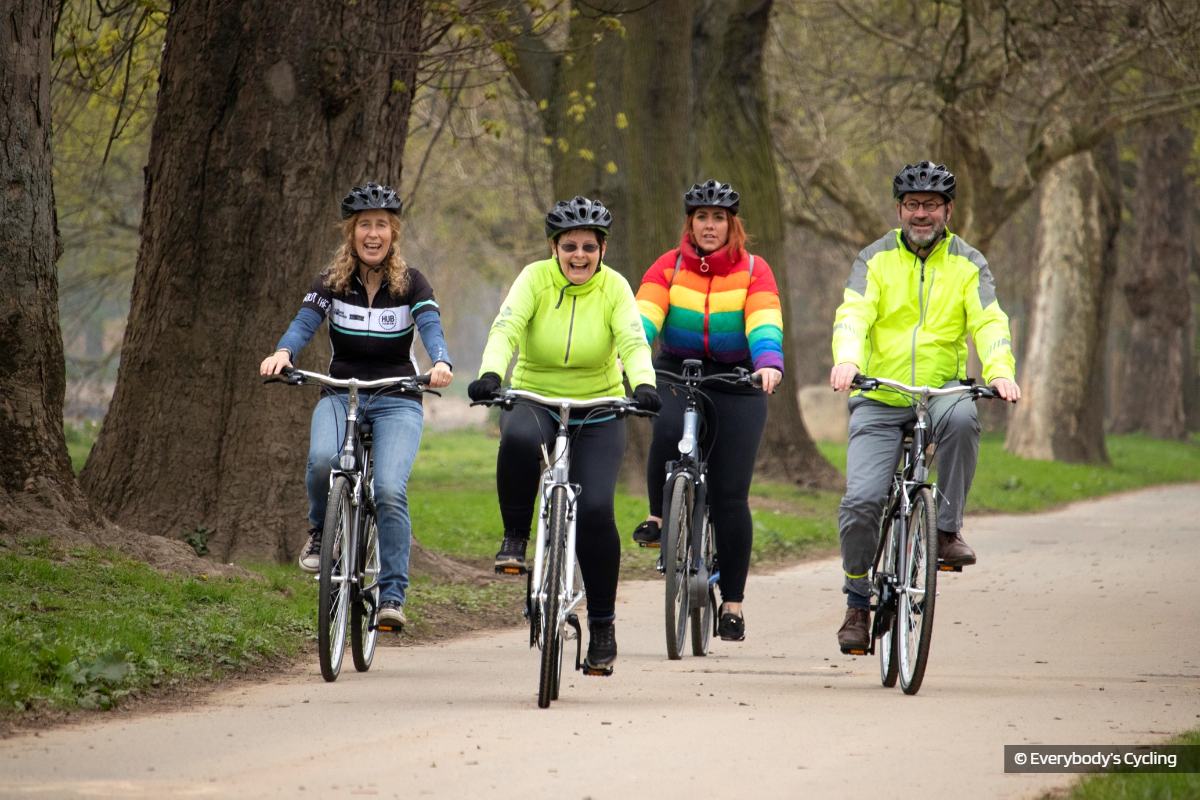 Free Guided Cycle Rides in Scarborough
Free Guided Cycle Rides in Scarborough
 Driffield Apprentice Brickie Named One of the Best in Yorkshire
Driffield Apprentice Brickie Named One of the Best in Yorkshire
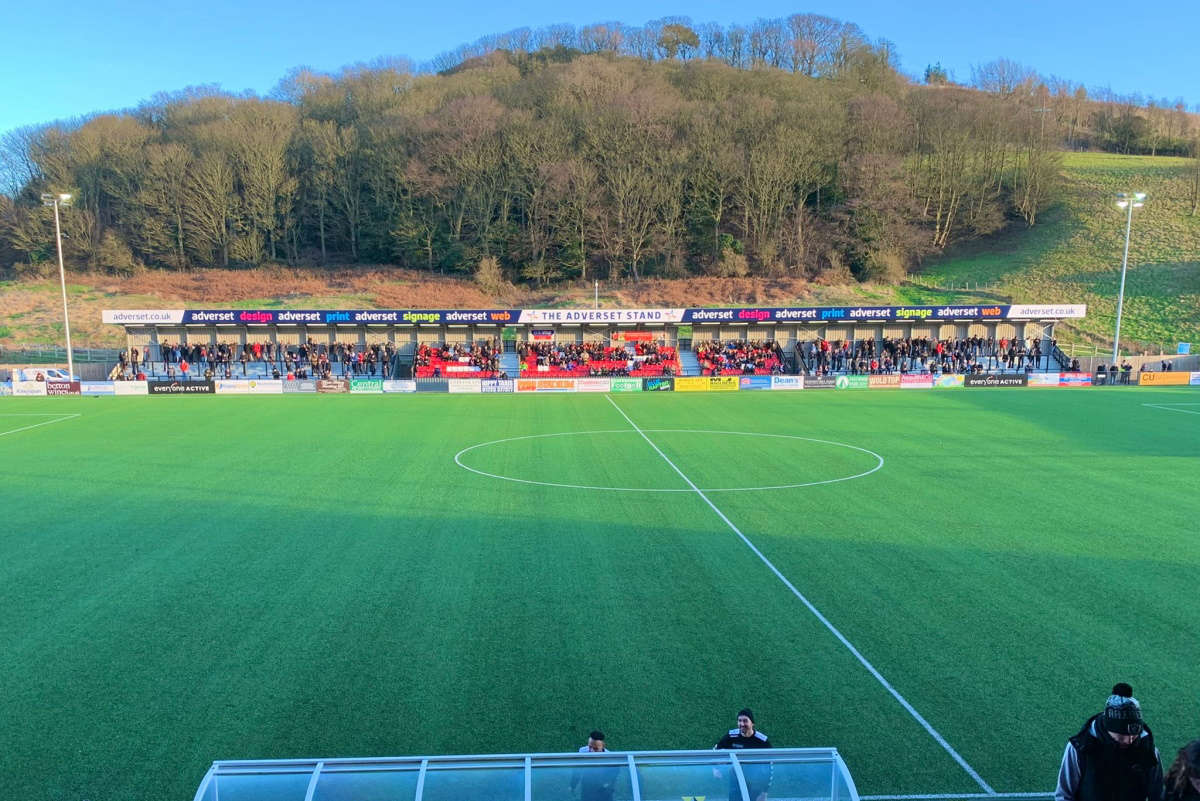 "Chaotic Week" At Scarborough Athletic as Pitch Availability Thrown in to Doubt
"Chaotic Week" At Scarborough Athletic as Pitch Availability Thrown in to Doubt
 Man Jailed for Scarborough Pub Attack
Man Jailed for Scarborough Pub Attack
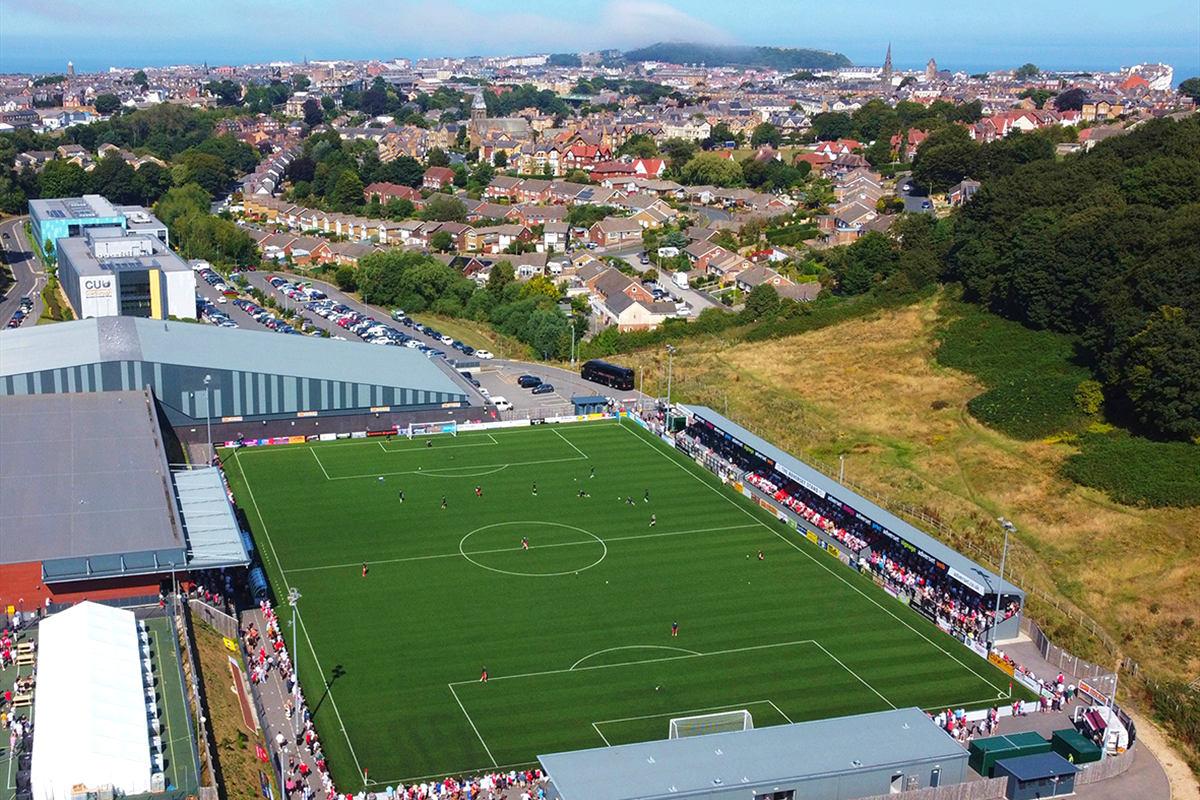 "Serious Structural Issues" Mean Scarborough Athletic Pitch Out of Action For Start of Season
"Serious Structural Issues" Mean Scarborough Athletic Pitch Out of Action For Start of Season








Comments
Add a comment